Mono no aware - 物の哀れ
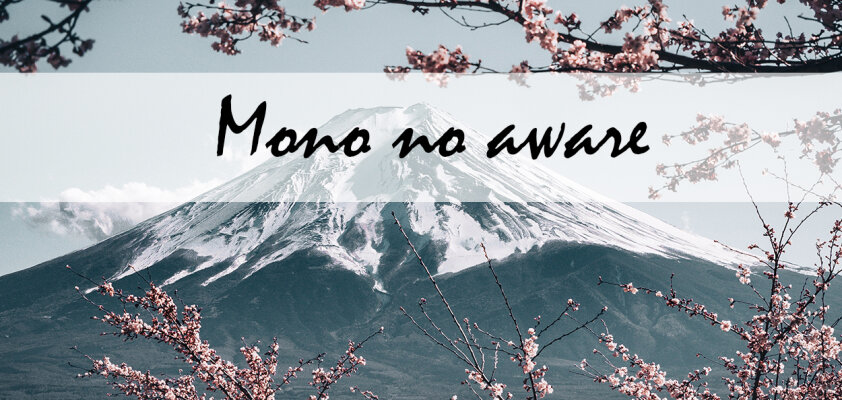
The wonderful sight of cherry blossoms on warm spring days, lasting only for a few days before the cherry blossoms begin to fade and are blown away by the wind, encapsulates the Japanese feeling of "mono no aware." Scholar Motoori Norinaga made mono no aware a central aspect of Japanese culture, incorporating this term into Japanese aesthetics in the 18th century. However, this aesthetics has been a fundamental part of traditional Japanese art, music, and poetry since the introduction of Zen Buddhism to Japan in the 12th century.
What does mono no aware mean?

There is no exact translation for the Japanese term. Mono can be translated as things or objects, and the word aware roughly means sadness or pathos. So, mono no aware can be translated loosely as the pathos of things. However, behind this term in Japanese aesthetics lies a much deeper meaning. It involves, on the one hand, the joy of beauty, mixed with the sadness of impermanence. Ultimately, the feeling is not about mourning for things but about coming to terms with the transient. Mono no aware can also be described as an interplay of nostalgia and melancholy. Thus, it is not just a singular emotion but rather depicts a blend of various emotional states.
The meaning of the cherry blossom
Sakura, as the cherry blossom is called in Japan, is the best example of this state of mind. The cherry blossom shines in breathtaking beauty for only about ten days each year. In this, the Japanese recognize the impermanence of beauty in life. The cherry blossom is one of the most important national symbols in Japan, closely associated with mono no aware - a central aspect of Japanese culture. It symbolizes a perfect beauty that also represents a kind of new beginning at the start of spring. However, shortly after reaching the peak of its beauty, the cherry blossom is gone. In the admiration of cherry blossoms, one can see the sensitivity and appreciation that the Japanese have for the transient beauty of nature. This admiration is so deeply rooted in Japanese tradition that the cherry blossoms have been dedicated their own festival for over a thousand years. Hanami, or the cherry blossom festival, is celebrated throughout the country for about ten days, as long as the cherry blossoms bloom. This festival is the most important of all traditional festivals for the Japanese.
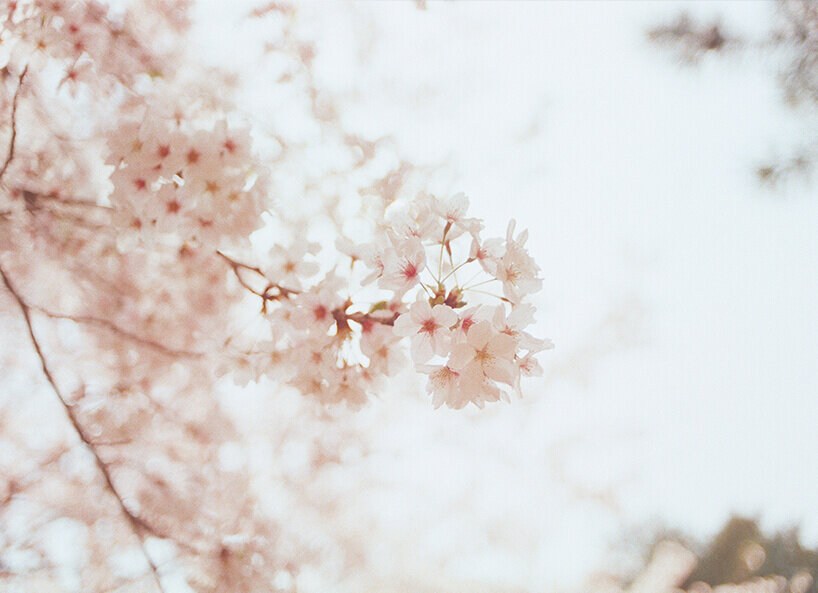
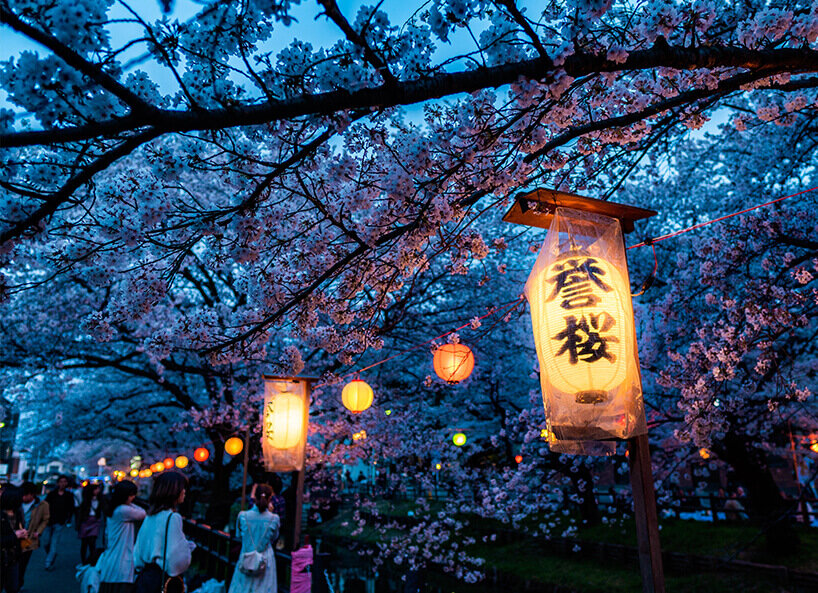
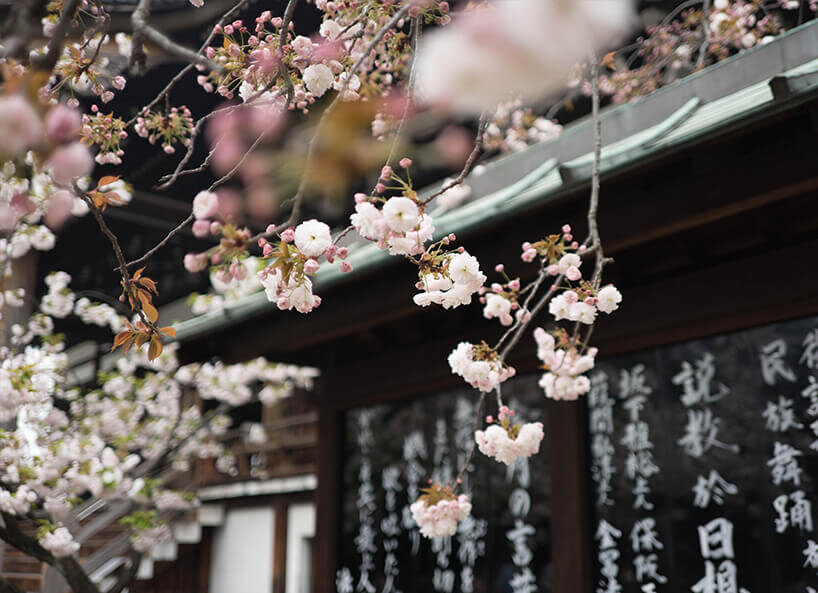
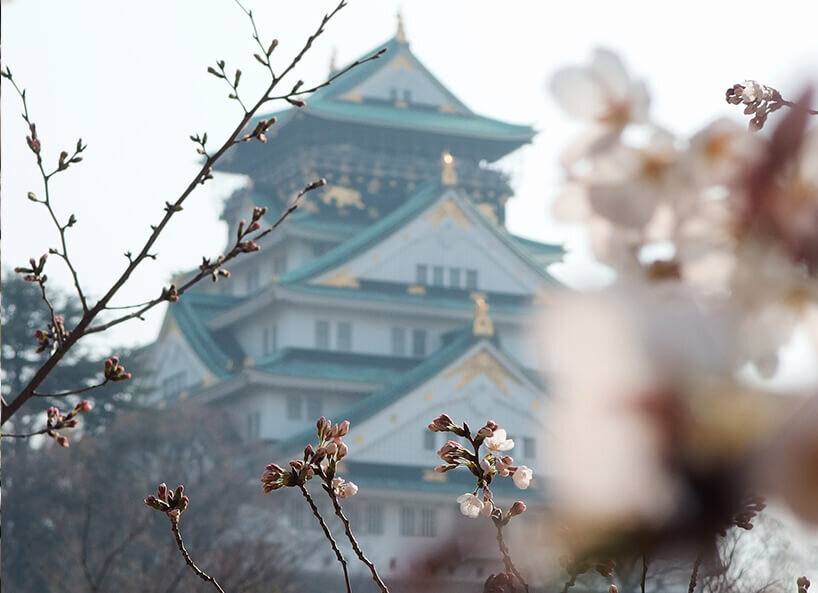
Japanese aesthetics in art
Many Japanese artists use the concept of mono no aware as a stylistic device in their works. Especially in films and works of the manga and anime genres, mono no aware is often employed to convey the passage of time and tell stories. A notable example of mono no aware in literature is found in the works of the British-Japanese bestselling author Kazuo Ishiguro. Among his most famous novels are "The Remains of The Day" and "Never Let Me Go." Many of Ishiguro's works typically end on a melancholic note, as the characters ultimately come to terms with their fate and accept their past.
Mono no aware in everyday life
Mono no aware teaches us that our successes are not everlasting but require continuous effort. For instance, in sports or learning a language, we must persist to maintain the progress we achieve. Mono no aware also instructs us to focus on the transient beauty. Whether it's the early bloomers that bring joy after a long winter or the colorful foliage that shines in warm autumn hues after summer, we should appreciate the small moments in life, no matter how mundane they may seem. Each of us should learn a bit from the Japanese and incorporate a touch of mono no aware into our daily lives.











-from-the-yakiyaki-grill-pan.jpg)




